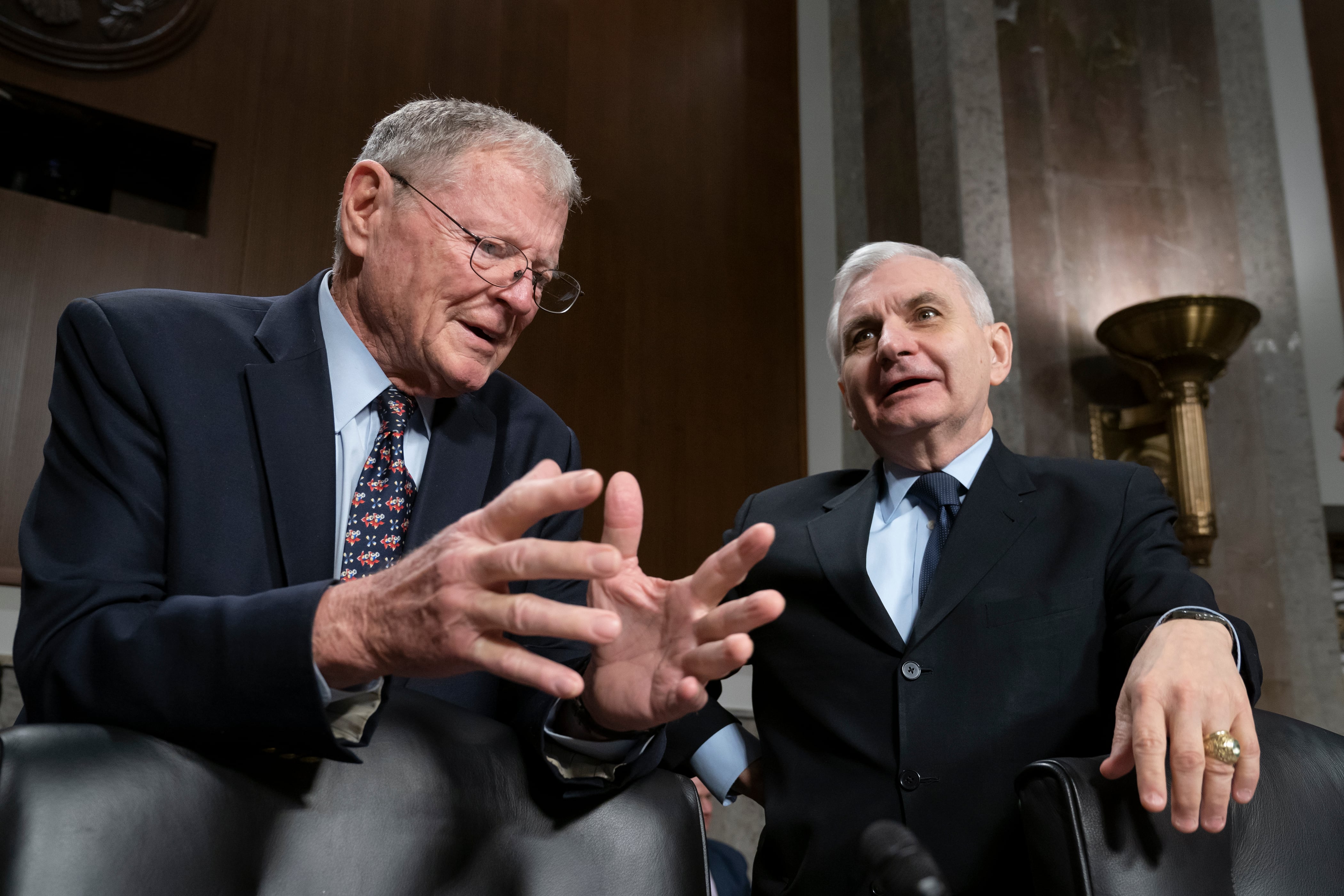WASHINGTON ― The White House has already canceled its politically unpopular plans to decommission the aircraft carrier Harry S. Truman 25 years early as a cost-savings measure ― and now House lawmakers are spiking the football.
Draft legislative language would bar the reduction of the carrier fleet below 11, a number of carriers required by a prior statute. It also adds back $17 million in funding associated with the carrier’s refueling and complex overhaul, and the bill expresses support to grow the carrier fleet to 12.
The bill comes a month after Vice President Mike Pence announced, and President Donald Trump affirmed, that the administration would abandon the plans. After they were proposed in the administration’s fiscal 2020 budget, they sparked powerful bipartisan opposition and a debate over the utility and survivability in the face of China’s emerging long-range precision weapons.
The House Armed Services Committee released portions of its draft 2020 National Defense Authorization Act on Monday. Broadly speaking, the draft language is influential, but it is subject to change as it’s considered by the committee and by the full Democrat-controlled House, and as it’s reconciled with the GOP-controlled Senate’s version of the bill.
“The committee continues to believe that the nation’s preeminent power projection capability is embodied with the aircraft carrier strike group," the bill text reads. "The ability to rapidly relocate a strategic asset and launch long-range, deep penetrating strike from a location that is not hampered by sovereign limitations represents the linchpin in our nation’s national security. The committee concurs with the Navy’s assessment that the aircraft carrier is more survivable today than at any point in the last 75 years.”
RELATED

Navy officials previously argued that the savings of retiring the Truman early ― an estimated $4 billion over time ― would drive investments in yet-to-be fully developed long-range fires and unmanned technologies.
But staff for the committee told reporters Monday that they saw this as a false choice.
Separately, the bill nearly matched the president’s request for 11 battle force ships, but authorized one less oiler, or T-AO 205, and one more amphibious transport dock.
In total, the bill ordered three Virginia-class submarines, three DDG 51 Arleigh Burke-class destroyers, one guided-missile frigate, one amphibious transport dock ship, one T-AO 205 oiler, and two T-ATS towing, salvage and rescue ships.
The bill would also authorize a tanker security fleet, which is akin to the existing Maritime Security Program but involves a stipend for the Navy to use 10 U.S.-flagged commercial petroleum tankers. The idea is to augment the number of U.S.-flagged vessels for use during an emergency and to add to America’s pool of qualified mariners.
The bill proposes a prohibition on the Army deactivating its watercraft unit until the defense secretary has completed a review of the Army’s plans, and until the findings are validated by a federally funded research and development corporation.
Joe Gould was the senior Pentagon reporter for Defense News, covering the intersection of national security policy, politics and the defense industry. He had previously served as Congress reporter.








